Expansion of 5G Technology
The rollout of 5G technology is poised to significantly impact the holographic communication market. With its high-speed connectivity and low latency, 5G enables seamless transmission of holographic data, enhancing the overall user experience. As of November 2025, the adoption of 5G networks is expected to facilitate a surge in holographic applications, particularly in sectors such as telemedicine and remote collaboration. This technological infrastructure is likely to support the growth of the market, as businesses leverage the capabilities of 5G to deliver high-quality holographic communication solutions. The synergy between 5G and holographic technology suggests a transformative potential for how individuals and organizations communicate.
Increased Investment in R&D
Investment in research and development is a crucial factor propelling the holographic communication market forward. Companies are allocating substantial resources to explore new applications and improve existing technologies. In 2025, R&D spending in this sector is expected to exceed $1 billion, reflecting a commitment to innovation. This influx of capital is likely to lead to breakthroughs in holographic technology, making it more accessible and user-friendly. As a result, industries such as education and healthcare are anticipated to adopt these technologies more widely, enhancing their operational efficiency. The ongoing advancements in holographic communication systems suggest a promising future for the market, as new applications continue to emerge.
Rising Demand for Remote Collaboration
The shift towards remote collaboration is a key driver for the holographic communication market. As organizations increasingly adopt hybrid work models, the need for effective communication tools has surged. Holographic communication offers a unique solution by providing lifelike interactions that traditional video conferencing cannot match. In 2025, the market is anticipated to grow by over 30% as businesses seek to enhance team collaboration and productivity. This demand is particularly evident in sectors like technology and consulting, where visual representation of ideas can significantly impact decision-making processes. The holographic communication market is thus positioned to fulfill this need, offering innovative solutions that bridge the gap between physical and virtual interactions.
Technological Advancements in Holography
The holographic communication market is experiencing rapid growth due to significant technological advancements in holography. Innovations in display technologies, such as light field displays and augmented reality systems, are enhancing the quality and accessibility of holographic communication. As of 2025, the market is projected to reach approximately $5 billion, driven by the increasing demand for immersive experiences in various sectors. Companies are investing heavily in research and development to create more sophisticated holographic systems, which are expected to improve user engagement and interaction. This trend indicates a strong potential for the holographic communication market to penetrate industries such as education, healthcare, and entertainment, where visual communication is paramount.
Growing Interest in Immersive Experiences
The holographic communication market is benefiting from a growing interest in immersive experiences across various sectors. Consumers and businesses alike are increasingly seeking ways to engage audiences through innovative visual content. This trend is particularly pronounced in the entertainment industry, where holographic displays are being utilized to create captivating performances and interactive experiences. By 2025, the market is projected to expand by approximately 25%, driven by this demand for immersive storytelling and engagement. As companies explore new avenues for audience interaction, the holographic communication market is likely to play a pivotal role in shaping the future of entertainment and media.


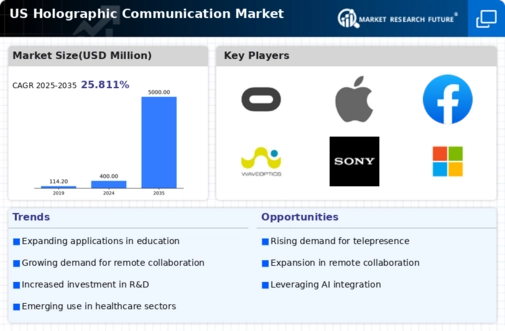
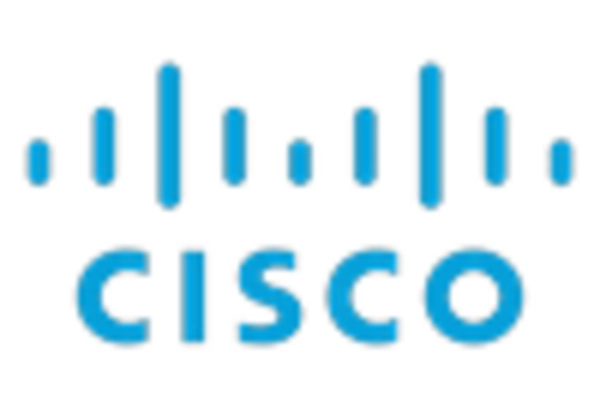
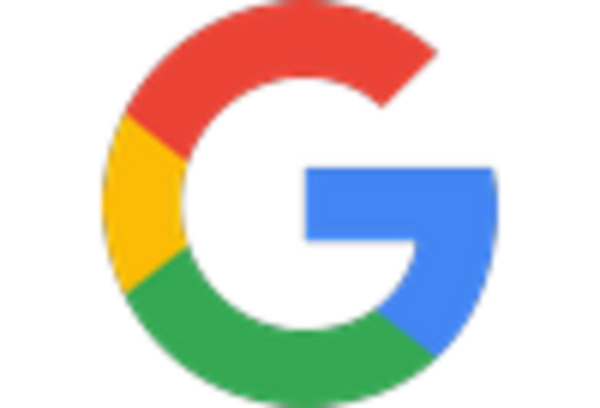
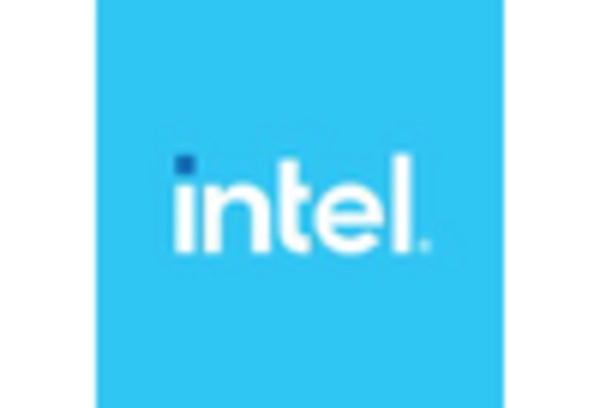
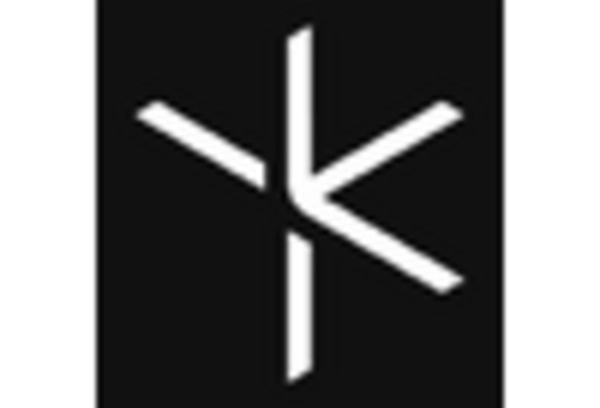
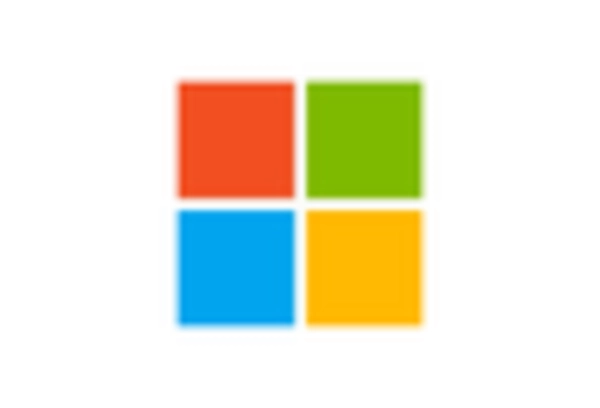
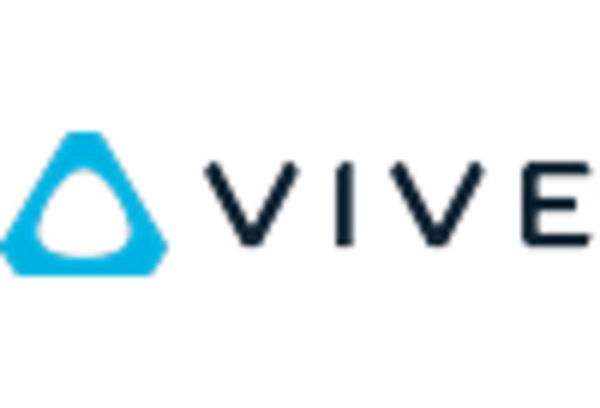








Leave a Comment